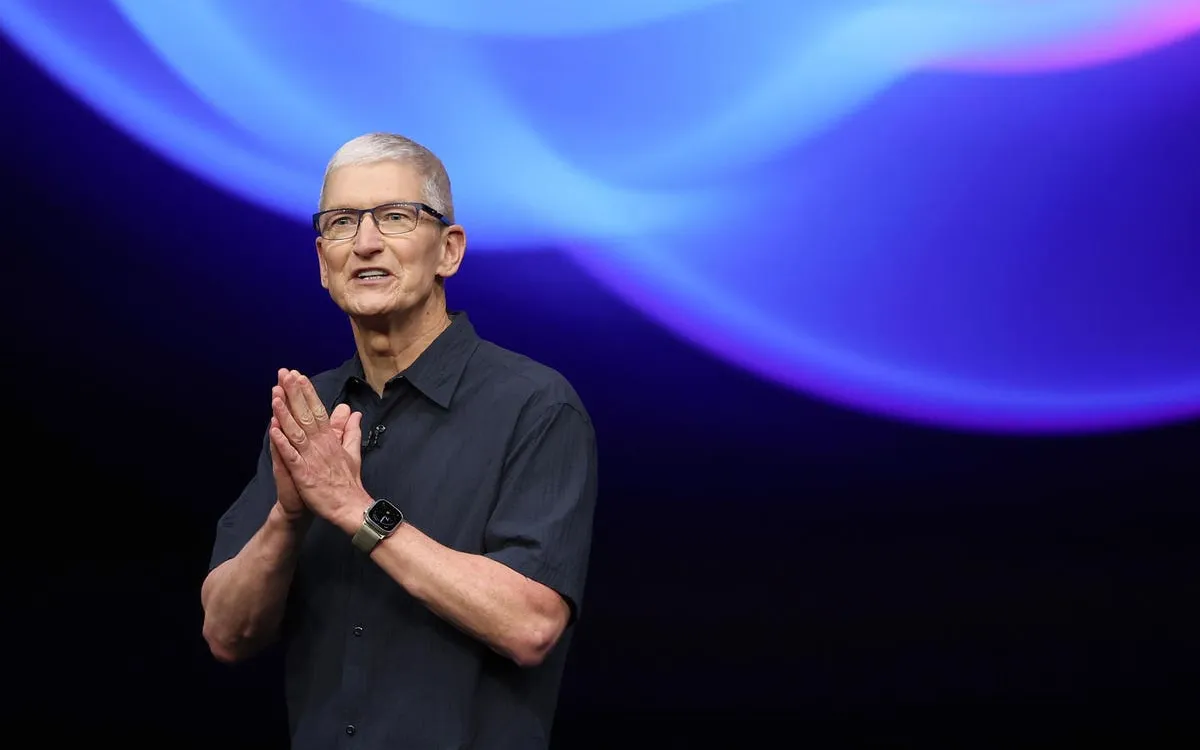
In this week's edition of Apple Loop, we take a closer look at the latest news and headlines from the Apple ecosystem. Key topics of discussion include the anticipated launch dates for the iPhone 17 and iPhone 17 Pro, exciting upgrades to the iPhone display technology, new features in iOS 26, anticipated upgrades for the MacBook Pro, multitasking capabilities for the iPad, insights from the recent WWDC, and Apple's approach to artificial intelligence.
Apple's yearly highlight is undoubtedly the launch of the new iPhone models. This year, the launch dates for the iPhone 17 family are generating considerable buzz. David Phelan has examined the potential dates, which include September 2/3, 9/10, or 16/17. However, the first set of dates conflicts with the major consumer electronics show in Berlin, IFA, occurring from September 5-9. The latter dates seem unlikely, as they would be too late in the month. The most probable launch dates are Tuesday, September 9, or Wednesday, September 10, with many anticipating the event to take place on September 9 at 10 a.m. Pacific at Apple's Cupertino headquarters.
Apple is making significant strides in display technology for its future iPhones. While the new advancements won't be ready for the iPhone 17—and possibly not even for the iPhone 18—the company is exploring the deployment of a new low-temperature polycrystalline oxide (LTPO) thin-film transistor (TFT) organic light-emitting diode (OLED) technology. This cutting-edge display technology aims to reduce power consumption, potentially being implemented by 2027. The effectiveness of the LTPO OLED hinges on the application of oxide to the driving TFT, which could significantly enhance energy efficiency.
In exciting news for developers and users alike, Apple has released a second build of the upcoming iOS 26 as part of its public development program. One of the highlights of this update is the introduction of smart storage, designed to optimize memory management during installations, updates, and upgrades. While the specifics on how this feature functions are still unclear, it promises to align with similar mechanisms already in place in macOS. This dynamic storage reservation could enhance the overall user experience by proactively managing storage space in the background.
Looking ahead to 2026, the MacBook Pro is expected to undergo a significant redesign, marking a departure from its previous iterations that primarily featured updates to the chipset. A notable enhancement being anticipated is the transition from LED displays to OLED technology. Additionally, the MacBook Air is also expected to receive an upgrade with a standard single-stack display, differing from the more advanced two-stack tandem displays. This shift could enhance screen brightness and longevity, significantly improving the user experience.
Apple continues to refine the capabilities of the iPad, focusing on multitasking and app usage without overshadowing the Mac. An insightful interview with Apple's Craig Federighi reveals that the forthcoming iPadOS 26 is designed to address long-standing issues surrounding multitasking. Federighi's analysis indicates that Apple has been working to understand its diverse iPad user base, catering to both casual tablet users and those seeking more traditional computing functionalities. The new features aim to introduce classic windowing, a file manager, and a menu bar that offers intuitive interaction through touch or indirect manipulation.
Following the excitement of WWDC 2025, industry expert John Gruber points out that all major features announced during the keynote were demonstrable and are set to be available in the developer beta. Apple executives have confirmed that all features showcased at the event are scheduled for a fall release, which speaks to the company's commitment to delivering on its promises.
As Apple navigates the evolving landscape of artificial intelligence, it appears to be lagging behind its competitors. The recent announcements made at WWDC suggest that practical AI applications are not expected until 2026. Apple's research has raised questions about the claims made by other companies, such as OpenAI, regarding their advanced models' reasoning capabilities. Apple's researchers characterize these claims as an "illusion of thinking," which highlights the ongoing debate in the AI community.
In conclusion, the Apple ecosystem remains dynamic and full of potential as we look forward to upcoming launches, upgrades, and features. Stay tuned for further updates and developments in the world of Apple.